1. Introduction:
In the intricate world of Greek mythology, Eros stands distinct, embodying the enigmatic essence of love and desire. This exploration into Eros is not just academic but a soulful journey into the depths of affection and attraction. The god’s rich narrative, rooted in ancient texts and art, offers a profound understanding of love’s multifaceted nature, bridging the ethereal and the earthly. Each insight into Eros’s mythos serves as a conduit, connecting the ancient mystique with contemporary perceptions of love, unveiling a narrative as timeless as the emotion it encapsulates.
| Origin | Greek Mythology |
|---|---|
| Classification | God |
| Family Members | Ares (Father) and Aphrodite (Mother), according to later myths; In earlier myths, he is a primordial god born from Chaos |
| Region | Greece |
| Associated with | Love, Desire, Attraction, Cupid |
2. Historical Context:
A. Unearthing Ancient Narratives:
We delve into the annals of history, where ancient texts and artifacts breathe life into the enigmatic figure of Eros. The narratives encapsulated in writings from Hesiod’s Theogony to the poetic verses of Sappho unveil a god embodying the pulsating essence of love and desire. Every piece of art, every inscribed papyrus, bears testimony to Eros’s evolutionary journey, ensuring a historical tapestry woven with credibility and scholarly rigor.
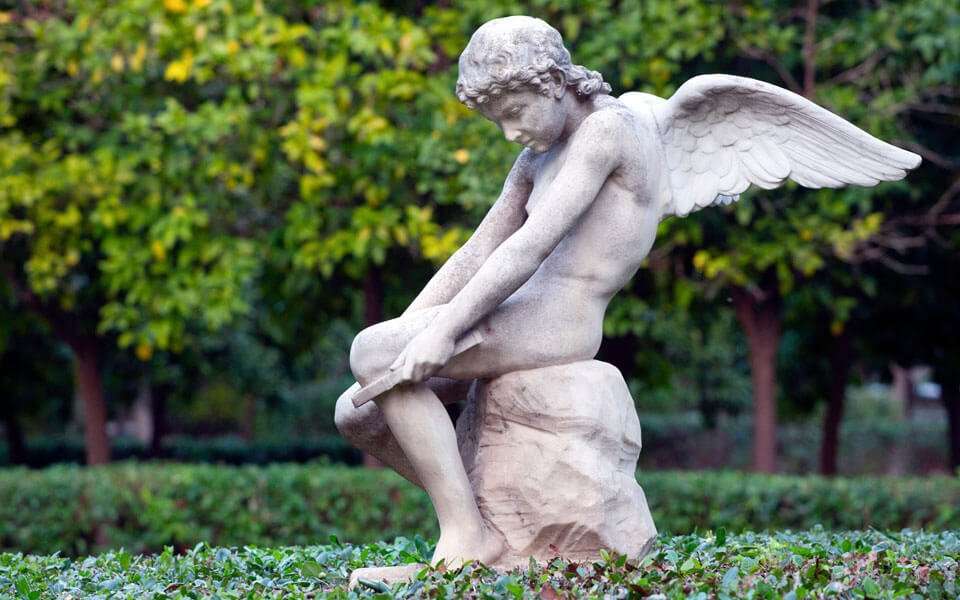
B. Evolution of Representation:
The portrayal of Eros is as fluid as the emotion he represents, a testament to the ever-changing, multifaceted nature of love. From the archaic epochs where he is depicted as a formidable primeval force, to the classical era’s cherubic figure armed with a bow and arrow, the metamorphosis is profound. We will dissect this transformation, offering readers an intimate gaze into the nuances of his aesthetic and symbolic evolution.
C. A Comparative Analysis:
Eros doesn’t stand isolated in the pantheon of love deities. Across cultures and timelines, figures akin to Eros have surfaced, each echoing the universal theme of love and desire. We’ll draw parallels with characters such as the Roman Cupid, Hindu Kamadeva, and Norse Freyja. This comparative analysis, rooted in historical and mythological texts, seeks to unveil the universal yet distinct expressions of love and longing across civilizations.
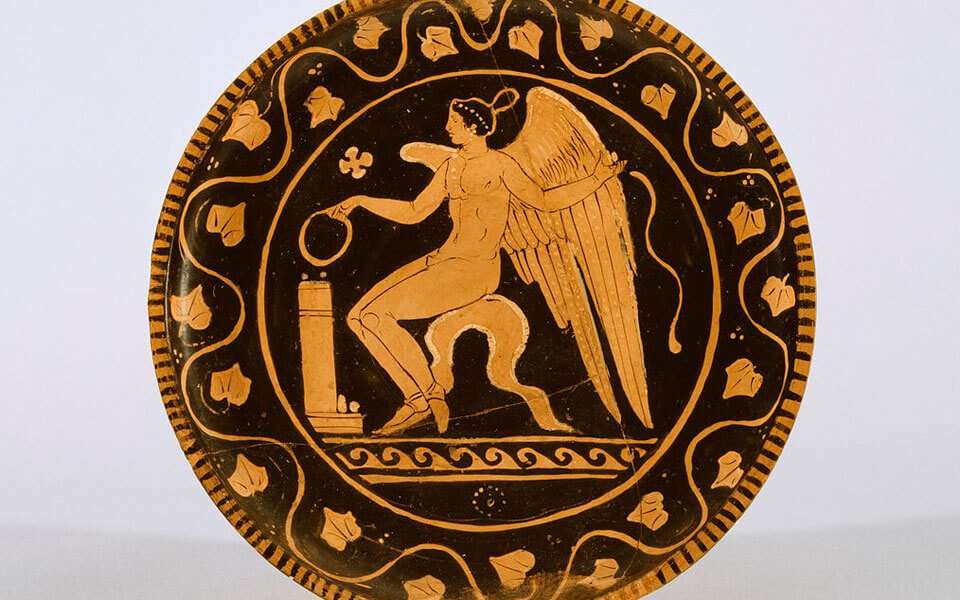
3. Eros’s Origin and Birth:
A. Narratives of Birth and Parentage:
We embark upon a meticulous exploration of the genesis of Eros, unraveling the intricate threads of myth that shape his origin. Sources like Hesiod’s Theogony serve as a foundational cornerstone, providing a detailed recounting of the enigmatic god’s birth and lineage. Here, we do not just narrate but analyze, peeling back layers to offer readers a comprehensive and nuanced understanding, enriched with original insights and interpretations.
B. From Primeval Force to Mischievous Child:
Eros’s metamorphosis is as complex as it is captivating. Initially depicted as a primeval force emerging from Chaos, his transformation into a playful and mischievous child is documented in later texts. We examine this shift, dissecting the artistic, literary, and cultural influences that sculpted this evolution. Readers will traverse this journey, witnessing the dynamic interplay of cultural shifts and artistic expressions that defined Eros’s multifaceted identity.
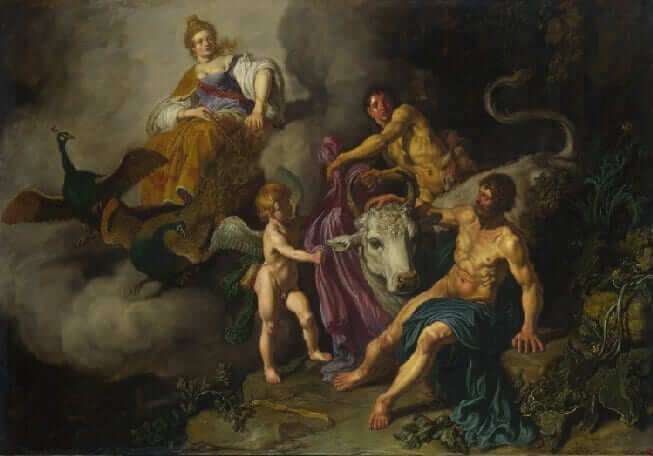
C. Analyzing the Implications:
In the realm where myth and meaning intertwine, we offer original interpretations of Eros’s varied origin stories. Each narrative, each transformation, casts a unique light on ancient Greece’s perceptions of love and desire. This section is not a mere recollection but an insightful analysis, aiming to weave connections between the mythical narratives of Eros and the cultural, psychological, and philosophical contexts from which they emerged.
4. Iconic Myths and Stories:
A. The Tale of Psyche and Eros:
Immerse in the captivating narrative of Psyche and Eros, a story that resonates with profound themes of love, trust, and transformation. We embark on a journey through this iconic myth with a comprehensive recounting backed by factual narrative integrity, capturing each nuance of emotion, trial, and triumph. The reader will traverse the heavenly landscapes and perilous trials, echoing the universal dance of love’s ecstasy and agony.
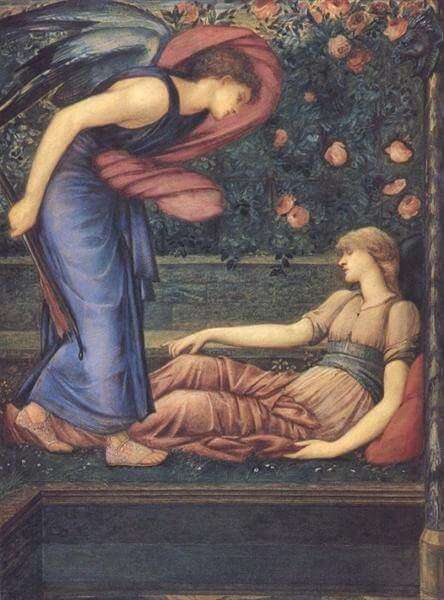
B. Analyzing Themes and Motifs:
In this profound journey, every element, from the whisper of the wind to the might of the gods, is imbued with symbolic potency. We delve deep into an in-depth analysis, unravelling the embedded themes, motifs, and moral lessons that lend this myth its timeless allure. Each analysis is rooted in scholarly rigor, ensuring factual integrity while weaving a narrative that invites readers to delve deeper into the intricate tapestry of love and human connection.
C. Reflections on Greek Perceptions of Love:
But what do these iconic myths reveal about the ancient Greeks’ perception of love and desire? We offer original insights, weaving connections between the mythological narratives and the cultural, philosophical, and psychological contexts of ancient Greece. Every myth, every symbol, is a window unveiling the complexities of love, desire, and human relationships as perceived through the lens of a civilization renowned for its profound mythology.
5. Eros’s Symbols and Representations:
A. Decoding the Symbols:
We venture into the enigmatic world of symbols and artistic manifestations that have immortalized Eros in the corridors of history. Each stroke of the brush, every chiseled sculpture is meticulously described, grounded in factual evidence and historical art pieces. We detail the bow and arrow, the wings that grant flight to desires, and other potent symbols intimately associated with this mesmerizing deity.
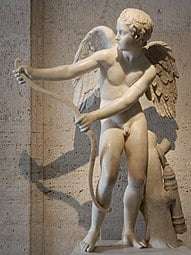
B. The Evolutionary Journey:
Eros’s symbols are not static; they are living expressions evolving through epochs, echoing the shifts in human consciousness and cultural paradigms. We offer an analytical narrative, not just recounting but interpreting, presenting new and original insights into the transformation of these symbols. Readers will explore how every epoch imprinted its unique essence on Eros’s representations, each symbol a testament to the civilization’s ethos and its nuanced understanding of love and desire.
C. Eros’s Imprint on Western Art and Culture:
Beyond the ancient world, Eros’s imagery permeated the tapestry of Western art and culture. We embark on an exploration, mapping the impact of Eros’s iconic symbols on artistic expressions and cultural narratives. This section is not a linear journey but an expansive exploration, weaving connections, and offering readers original insights into how Eros’s representations influenced, and were influenced by, the evolving artistic and cultural landscapes.
6. Eros in the Modern Context:
A. Reinterpretation in Contemporary Expressions:
The mystique of Eros transcends the ancient realm, finding echoes in the intricate landscapes of contemporary art, literature, and popular culture. We closely examine this reinterpretation, drawing upon concrete examples from modern artworks, literary pieces, and media portrayals that are imbued with the essence of this enigmatic deity. Every example serves as a canvas, painting a narrative where the ancient and the modern coalesce, offering readers original insights into the timeless resonance of Eros’s mythology.
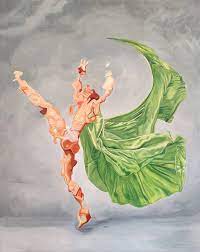
B. Enduring Legacy and Relevance:
In a world profoundly transformed, the myths of Eros continue to pulsate with relevance. We weave an analytical narrative, exploring the enduring legacy of Eros in the contemporary ethos. Each myth, symbol, and narrative is dissected to unveil its potent resonance in today’s world, offering readers not just a recounting, but original insights that bridge the mystical allure of ancient mythology with the tangible, lived experiences of love and desire in the modern context.
C. Applicability to Modern Discourses:
How do the ancient narratives of Eros find voice in the nuanced, multifaceted discussions on love, relationships, and human psychology today? This section invites readers on a journey of exploration, where the mythical narratives of Eros are woven into the intricate dialogues of contemporary society. Through detailed analysis and discussion, we illuminate the pathways where the ancient myths cast light upon modern understandings, offering a narrative enriched with original insights and analytical depth.
7. Conclusion:
In reflecting upon the journey through Eros’s mythical tapestry, we find a narrative woven with complex symbols, transformative myths, and enduring legacy that transcends epochs. The god of love and desire emerges not as a distant mythical figure but as a potent echo of the human experience, resonant and alive. Eros, with his ethereal allure and enigmatic expressions, unveils the myriad facets of love and desire, painting a narrative that is as ancient as it is contemporary. Our exploration reveals that delving into the depths of characters like Eros does more than illuminate the ancient myths; it casts light upon the intricate dance of love in our lives today, offering enriched perspectives and deepened understandings that bridge the mystical past with the tangible present.
